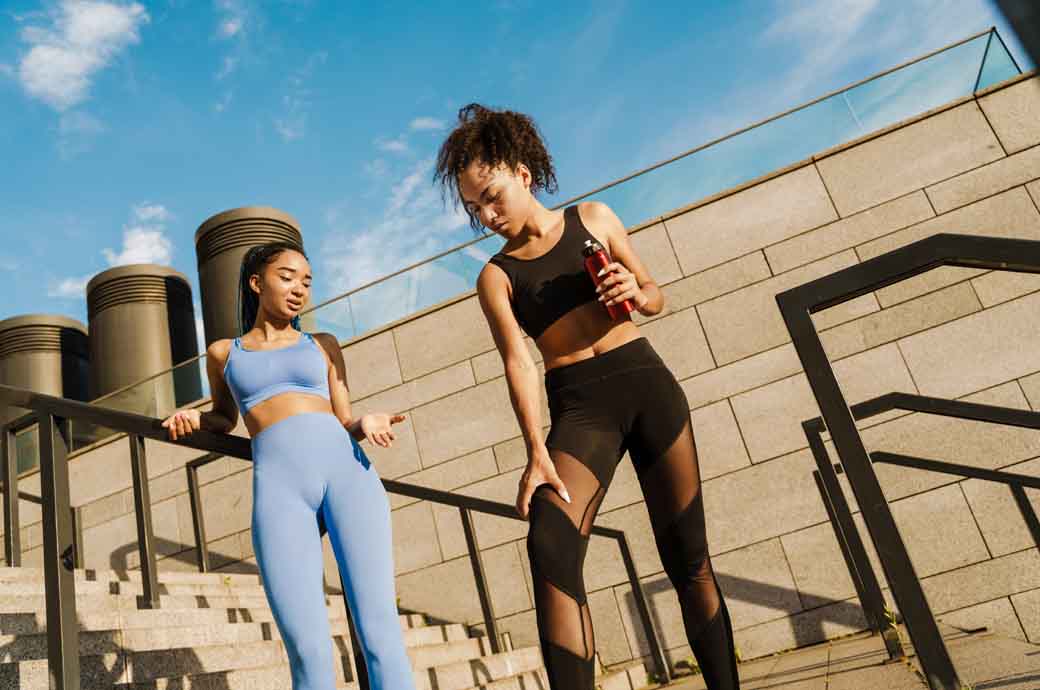
Demand is underpinned by the increasing number of women in sports, the casualisation of dress codes and continued penetration in the Asia-Pacific (APAC) region.
APAC has been the fastest growing region in recent years and will likely remain one of the main growth drivers in the next five years, supported by a growing middle-class embracing global trends such as streetwear and athleisure.
Short-term challenges this year relate to how quickly consumer confidence recovers.
Competitive pressures will remain high; from local brands like Anta in China, newer brands like OnRunning and Hoka, and well-performing brands like Lululemon and New Balance.
A step up in marketing expenses to support previous price hikes and promote new products could weigh on profitability expansion.
As inventory levels gradually normalise, S&P Global expects a more subdued promotional environment.
The sportswear industry has a global and complex supply chain with more than 80% of suppliers located in APAC. Geopolitical tensions and conflicts pose risks to the efficient functioning of the supply chain, S&P Global Ratings noted.
The direct-to-consumer channel (including e-commerce) remains a key focus, ensuring brand visibility and proximity to consumers. However wholesale partners have a critical role in attracting a more diverse consumer base and managing high volumes, it said.
Sportswear companies’ strategies around environmental and social topics are central to preserving their license to operate and protecting brand reputation.
S&P Global expects an increasing focus on sustainable products, led by eco-friendly materials, while maintaining core competencies based on the performance benefits of sports apparel and footwear.
The global sportswear sector should expand at a compounded annual growth rate (CAGR) of about 6-7 per cent between 2024 and 2028, by retail value at current prices, according to Euromonitor.
But S&P Global estimates rated entities like Nike, Adidas and VF will grow by the low-to-mid single digits in 2024-2025, due to high competition and soft demand as consumers focus spending on staples, services and travel instead of discretionary apparel and footwear.
The decline in Adidas and Under Armour’s market shares is due to increased competition in North America, which the groups intend to face by resetting their product portfolios.
China has seen an increasing preference for domestic brands after the controversy around Xinjiang cotton in March 2021, which saw a backlash from Chinese consumers against foreign sportswear companies.
North America and Europe will continue to grow at CAGRs of about 6 per cent and 4 per cent respectively in 2024-2028 due to the popularity of athleisure, the increasing participation of women in sport and the expansion of the luxury segment as designers include sports elements in designs.
China, forecast to expand at about 7-8 per cent CAGR in 2024-2028 at current prices, remains the largest sportswear market in APAC, but other countries like India are expected to grow slightly faster.
Sports footwear is expected to grow slightly faster than sports apparel, but market segmentation should remain broadly unchanged. Growth in both categories is being driven by outdoor sportswear, which has seen strong gains since the pandemic.
Fibre2Fashion News Desk (DS)